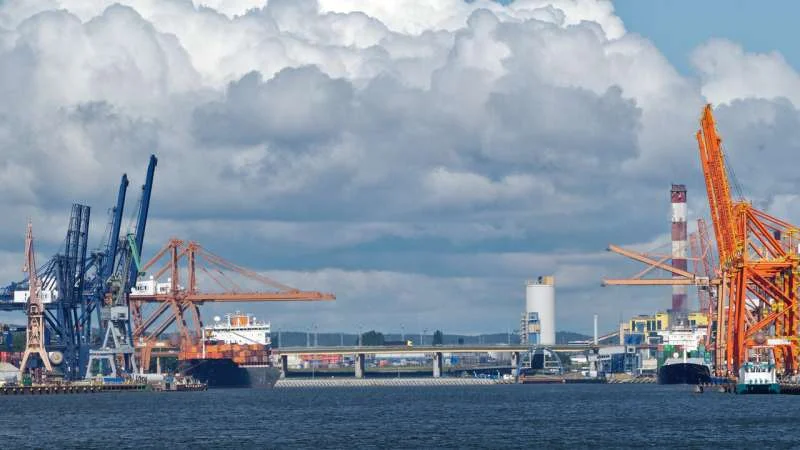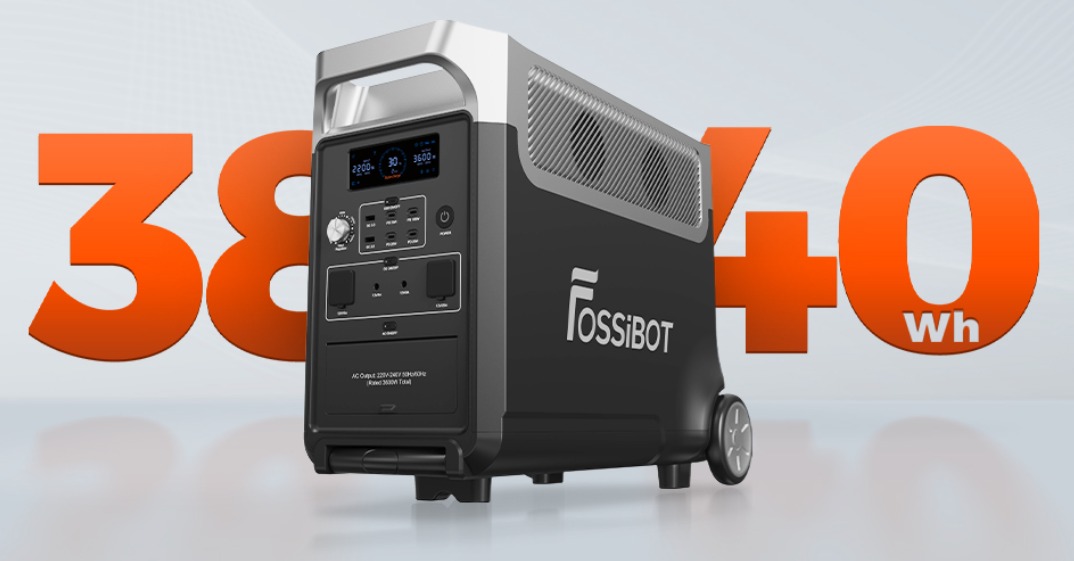The combined emissions of metals and other environmentally harmful substances from ships threaten the marine environment, according to a new study from Chalmers University of Technology in Sweden. When the researchers calculated the pollution load these emissions put on the marine environment at four ports, they found that water discharged from scrubbers intended to clean ships’ exhaust gases accounted for more than 90% of the pollution.
“The results speak for themselves. More stringent regulation of water discharges from scrubbers is crucial to reducing degradation of the marine environment,” says Anna Lunde Hermansson, PhD candidate in the Department of Mechanics and Marine Sciences at Chalmers.
Traditionally, the environmental risk assessment (ERA) of emissions from shipping has been based on a single source at a time. For example, ERA may consider the risks associated with copper in antifouling paints. But according to phys.org, shipping, like any other industry, is a multi-source activity.
“A ship is responsible for many different types of emissions. These include gray and black water, i.e. emissions from showers, toilets and drains, anti-algae paints and water discharges from scrubbers. That’s why it’s important to look at the cumulative environmental risk in ports,” says Anna Lunde Hermansson, who, along with her colleagues Ida-Maja Hassellov and Erik Itreberg, is behind a new study that looks at emissions from shipping from a cumulative perspective.
Scrubber can be defined as a system for cleaning the exhaust gases produced by the burning of fuel oil, the most widely used fuel on ships since the 1970s.
To prevent airborne sulfur emissions from entering the air, seawater is pumped and sprayed onto the exhaust gases. Washers mean that ships can meet the requirements set by the International Maritime Organization (IMO) in 2020. The only problem is that the water not only absorbs sulfur from the exhaust gases which causes acidification of the water in the washer, but also other pollutants such as heavy metals and toxic organic compounds. The contaminated water from the washer is then usually pumped directly into the sea.
Hundreds of cubic meters of dirty water every hour
“There are no clean-up steps in between, so several hundred cubic meters of heavily polluted water can be pumped every hour from a single vessel. While new guidelines are being developed for ERA of scrubber discharges, ERA still only assesses one emission source at a time, which is the overall environmental risk. means that your assessment is inadequate,” says Lunde Hermansson.
In this new study, the Chalmers researchers examined four different harbor environments to determine the concentration of pollutants from five different sources. Actual data from Copenhagen and Gdynia were used for the two ports. They were chosen because of their high shipping volume and high proportion of these vessels with washers.
The results showed that the cumulative risk levels at ports were five and 13 times the limit defining acceptable risk, respectively. For the other two port environments, port descriptions used internationally in ERA were used. One of these environments has features typical of a Baltic Sea port, while the other is a European port with efficient water exchange due to its wide tidal range.
The researchers found that three out of four port environments were exposed to unacceptable risks, based on the assessment model used. They also found that emissions from toxic paint and scrubber discharges were responsible for the highest levels of hazardous material in the marine environment and contributing the most to the risk. More than 90% of environmentally hazardous metals and PAHs (polycyclic aromatic hydrocarbons) come from washer wastewater, with antifoulings the largest copper and zinc load.
The total load is the cause of the damage
“If you only look at one emission source, the level of environmental damage risk may be low or acceptable. But if you combine several separate emission sources, you get an unacceptable risk. No marine organisms exposed to pollutants and toxins.” No matter where the contaminants come from, the total load causes damage,” says Lunde Hermansson.
The only port environment that showed acceptable risk in the researchers’ ERA was the model with the highest intertidal water exchange, meaning a large amount of water exchange takes place in the port during high and low tides.
“It is important to remember that polluted water does not just disappear, it is transported to another location. In the port environments studied, environmental damage – in which we choose to industry in this particular environment and it will cause pollution – may be acceptable. However, when contaminated water spills into the sea, it can reach pristine marine areas and “We’re going to focus on that in our research. We’re looking at the total load, how much is actually released into the environment,” says Lunde Hermansson.
It is not mandatory to have washers on board. They are installed and used as an alternative to switching to cleaner and more expensive fuels that emit less metals and PAHs. Scrubbers allow ships to continue using much cheaper and more polluting heavy fuel oil. Heavy fuel oil is a residual product of the distillation of crude oil and is currently used only in maritime transport.













